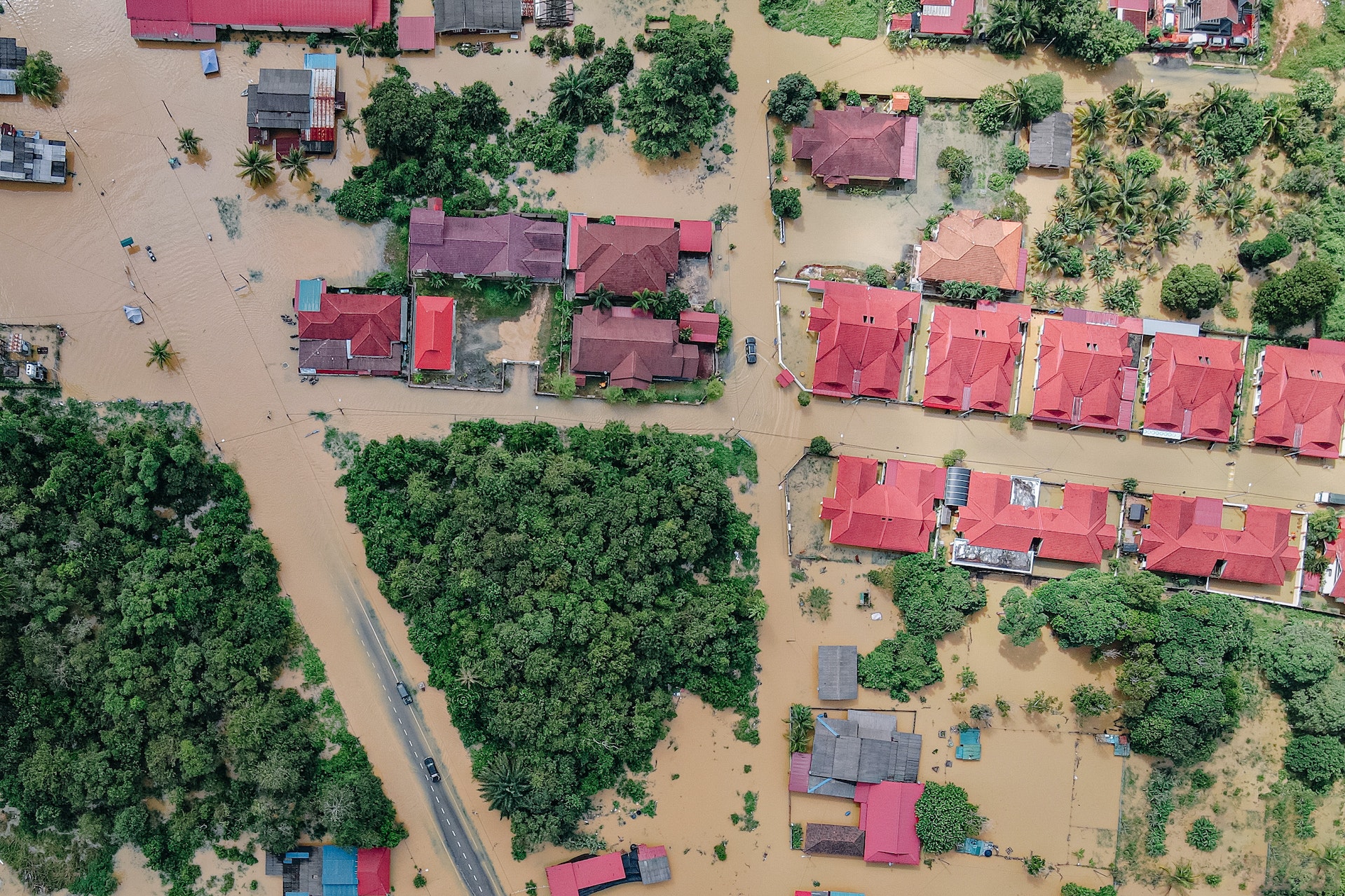Photo by: Pixabay
Introduction
Electromagnetic Pulses (EMPs) are not just a topic for science fiction; they are a real, existential risk that could have a devastating impact on modern society. Understanding what EMPs are, how they work, and how to prepare for them is crucial for both individual and communal survival. This guide aims to provide a comprehensive look into EMPs and the best practices for surviving their consequences.
What is an EMP?
An Electromagnetic Pulse (EMP) is a burst of electromagnetic radiation. This phenomenon can occur naturally, as with solar flares, or artificially through man-made devices like nuclear and non-nuclear EMP weapons.
Types of EMPs
- Natural EMPs: These are caused by solar flares and geomagnetic storms. While rare, they can have a global impact.
- Man-Made EMPs: These are typically caused by the detonation of a nuclear device at high altitudes, but can also be generated by more conventional means like specially designed EMP generators.
Effects of EMPs
The impact of an EMP depends on its strength, altitude, and the vulnerability of the technology in its range. Possible effects can include:
- Electrical Grids: One of the most concerning impacts is the potential for EMPs to knock out electrical power grids, plunging large areas into darkness and rendering many kinds of electronic devices useless.
- Vehicles: Cars and other vehicles with electronic systems may be rendered inoperable.
- Communication Systems: An EMP can disable communication networks, including cell phones and the internet.
- Infrastructure: Many other types of infrastructure, including water treatment and supply, healthcare, and transportation, also rely on electronic components that could be vulnerable to an EMP.
How Does an EMP Affect Modern Life?
An EMP can potentially disable or destroy electronic devices and power grids, bringing normal life to a grinding halt. Here are areas that would be most affected:
- Electrical Grids: The most significant impact would be the failure of the power grid, affecting everything from home appliances to industrial machinery.
- Vehicles: Modern vehicles, being heavily reliant on electronic components, could be rendered immobile.
- Healthcare Systems: With most medical devices being electronic, healthcare systems would face severe disruptions.
- Water and Food Supply: The supply chain and water purification systems would also be severely compromised.
Real-world Scenarios of EMP Attacks
While EMP attacks haven’t yet happened on a large scale, their potential for catastrophe is well-recognized. Here are some hypothetical scenarios:
- Small-Scale EMP Attacks: These could target specific areas, affecting local infrastructure but having a more limited range.
- Large-Scale EMP Attacks: These could target an entire country or continent, causing widespread devastation.
Survival Preparations for an EMP Event
Surviving an EMP event involves both preparation and quick decision-making. Here’s how to get ready:
Pre-Event Preparations
Building an EMP-Proof Environment
Building a Faraday cage can offer some level of protection against electromagnetic pulses (EMPs) by shielding the internal contents from external electromagnetic fields. Here’s a simplified guide on how to build a basic Faraday cage. Remember, these guidelines are intended for informational purposes, and it’s always best to consult with experts for the most effective solutions.
Materials Needed
- A wooden frame or a cardboard box to serve as the skeleton of your cage. The size depends on what you want to protect.
- Heavy-duty aluminum foil or copper mesh for lining.
- Insulating material like rubber, cardboard, or plastic to insulate the items inside the cage.
- Conductive tape to seal seams.
- Optional: a grounding wire.
Steps to Build a Faraday Cage
Step 1: Build or Choose Your Frame
Build a wooden frame or use an existing box that will serve as the skeleton of your Faraday cage. The size of your frame depends on what you want to protect (e.g., a small box for a smartphone or a larger frame for a computer).
Step 2: Insulate the Frame
Wrap the inside of your frame with an insulating material. This can be as simple as lining it with cardboard or rubber. This layer prevents the items inside from making contact with the conductive aluminum layer, which is crucial for the effectiveness of the cage.
Step 3: Add the Conductive Layer
Wrap the outer layer of the box with heavy-duty aluminum foil or copper mesh. Make sure to overlap the seams and to smooth out any wrinkles or gaps.
Step 4: Seal Seams
Use conductive tape to seal all the seams, ensuring that there are no gaps. The purpose of this layer is to create a continuous conductive shell that will absorb and redistribute the EMP, protecting the internal contents.
Step 5: Test the Cage
Before relying on the Faraday cage in an emergency situation, it’s a good idea to test its effectiveness. One simple test involves placing a working radio inside the cage. If the cage is effective, it should block the radio signals, and the radio should go silent or produce static when the cage is closed.
Step 6: Grounding (Optional)
Some people choose to ground their Faraday cages, although this is a subject of debate among experts. If you decide to ground your cage, use a grounding wire attached to a conductive layer and connect it to a grounding rod driven into the Earth.
Important Considerations
- For the cage to be effective, it needs to be completely sealed; any gaps could allow electromagnetic fields to enter.
- Some experts recommend adding multiple layers of conductive material for extra protection.
- The effectiveness of a DIY Faraday cage is not guaranteed. Advanced versions are usually made from solid sheets of metal and are professionally manufactured to meet precise specifications.
By following these steps, you can create a basic Faraday cage that may offer some level of protection against EMPs. However, for professional applications or to protect sensitive electronics, it’s best to consult with experts in the field.
Stocking Up
- Food: Stock up on canned food and non-perishable items.
- Water: Store at least one gallon of water per person per day for at least three days.
- First Aid Supplies: Keep a first-aid kit stocked with essentials.
- Manual Tools: Tools like manual can openers, hammers, and screwdrivers will become invaluable.
Communication Preparations
- Battery-Operated Radios: A must-have to stay updated on news and alerts.
- Two-Way Radios: Useful for communicating within a group.
During-Event Survival Strategies
Immediate Actions
- Disconnect Electrical Devices: As soon as possible, disconnect any devices from electrical sources.
- Move to Safe Locations: Your pre-arranged safe location should be free from potential electrical hazards.
Long-Term Survival
- Living Without Electricity: Learn the basics of living off the grid.
- Food and Water: Develop skills like hunting, fishing, and purifying water.
- Mental Health: Keep morale high and watch out for signs of stress and depression.
Post-Event Recovery
Assessing Damage
- Operational Electrical Devices: Carefully check which devices might still be operational.
- State of Your Home: Evaluate your home and the surrounding area for safety.
Resuming Communication
- Prepared Communication Devices: Use the devices you have prepared to establish communication with the outside world.
- Signaling for Help: Learn basic distress signals.
Rebuilding
- Prioritize Needs: Determine the most immediate needs and act accordingly.
- Bartering: In a post-EMP world, skills and supplies become the new currency.
Conclusion
Preparing for an EMP threat may seem daunting, but taking it one step at a time can make the process manageable. The key is to start now: the more you prepare, the better your chances of not just surviving, but thriving in a post-EMP world.



